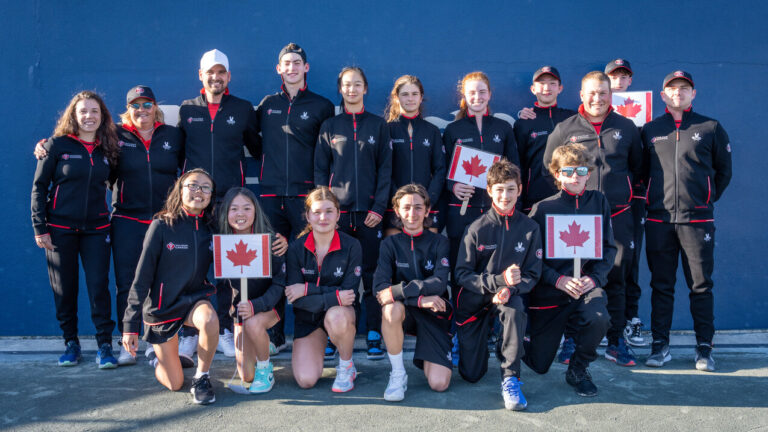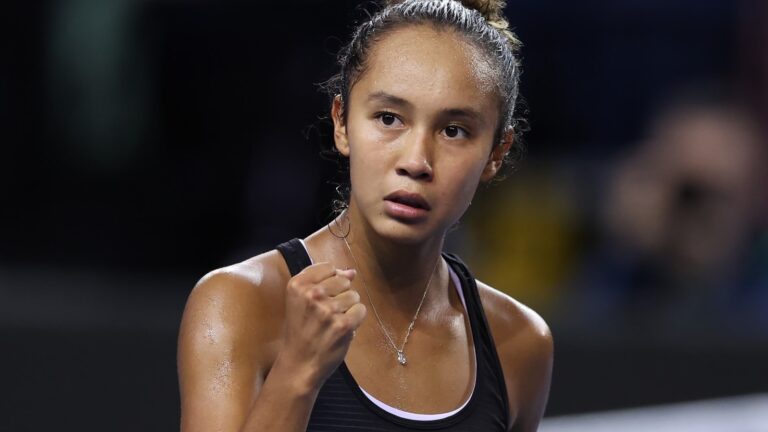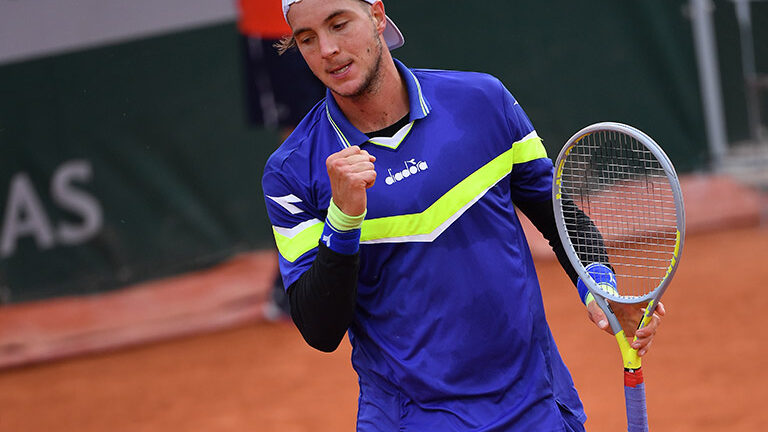
Richard Legendre, Eugène Lapierre, Valérie Tétreault.
Three individuals successively appointed to lead Montréal’s WTA/ATP tennis tournament.
Only 3 in 34 years.
The first oversaw the event from 1988 to 2001. The second, from 2001 to 2022.
On October 6, the third tournament director began her reign, which we hope will be as long—and as successful—as her predecessors’.
But beyond the details that make up the annals of Canadian tennis, what do the three directors have in common?
They arrived at the top after experiencing tennis from every angle, on and off the court, since as far back as they can remember.
Valérie Tétreault is a Canadian champion; Eugène Lapierre is a provincial champion (16 and 21 years old) and Richard Legendre is a Canadian junior champion. Lapierre and Legendre competed for American universities. Valérie rose to No.112 in the WTA.
Lapierre went on to work as an instructor and umpire. Legendre and Tétreault represented Canada at Davis Cup and Billie Jean King Cup.
That gives you an idea of their (excessively impressive) experience on the court.
And off the court? They each had a hand in organizing the tournament before they were offered the big job. Richard Legendre introduced, coached, advised and guided Eugène Lapierre, who later did the same for Valérie.

They’re leaders who’ve played the game. They understand what it means to grind away on the court to win a point, a match, a title. To earn a living, through wins and losses, injuries and rehab and more wins and more losses.
And that’s why they have the utmost respect for athletes and their environment, even when coordinating and overseeing a major sporting event and interacting with the media and the public must take precedence for the good of the organization.
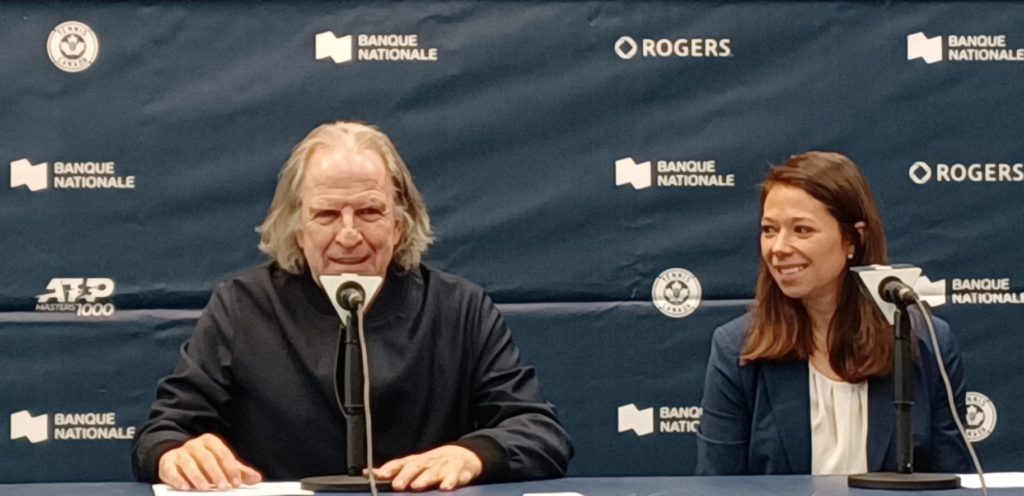
I could’ve dedicated the entire blog to the recent changing of the guard in Montréal.

I could’ve sung the praises of Eugène Lapierre, whose tenure garnered new attendance records for an international tennis event of the caliber of the Canadian Open and accolades from the tennis elite. I could’ve recalled all the groundwork Richard Legendre had to do to get the tournament to where it is today, before Montréal was ever a tennis city. And I could’ve related all the great things I have to say about Valérie Tétreault, with whom I shared a broadcasting booth.
But I’d rather stick to the transfer of power and knowledge and how the leaders in Montréal, with the encouragement and support of Tennis Canada’s senior executives, brilliantly prepared for the new eras.
After Eugène Lapierre’s press conference, it was very fun to see CEO Michael Downey get all the employees in Montréal and those who’d travelled from Toronto together for a family photo.

Because what is Tennis Canada if not a family? As the older ones pave the way for the next generation.
The art of passing the torch, indeed.
The art of being versatile

Barbora Krejcikova has just won two straight titles as she regains her form after a tough road back from an injury earlier this season.
Clarification: it was a tough road back in singles, since she actually took home three Slam crowns in doubles with her countrywoman Katerina Siniakova.
Krejcikova’s excellence in singles and doubles makes her a rare talent these days.
But more on that later.
A week after winning the WTA 250 Tallinn Open in Estonia, Krejcikova followed up with a second title at home, at the WTA 500 Ostrava Open in Czechia. In just two weeks, she’s moved up 13 spots from No.27 to No.14.

How high will she go? Or, should I say, how high will she go this time?
Five months ago, Barbora Krejcikova was No.2 in singles. After rehabbing an elbow injury, she made her return in Paris, where she was ousted in the opening round. She dropped more than 2,000 points—a loss that shunted her all the way down to No.27 four months later.
So, after a respectable quarterfinal run at the AO, she went 9-12, unable to string together more than two back-to-back wins.
Until this fall, when the pieces fell into place.
On October 9 in Ostrava, Barbora toppled the formidable World No.1 Iga Swiatek (5-7, 7-6[4], 6-3) and confirmed her return to form.
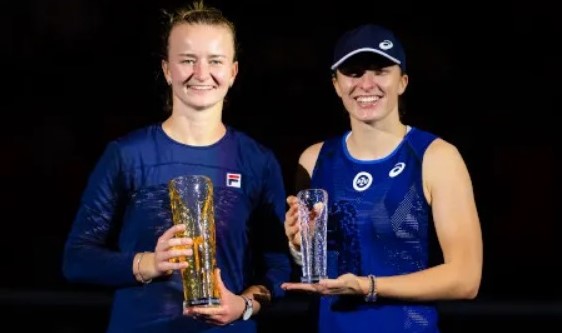
But in doubles, it’s another story entirely. Circling the summit for the past four years, she is a regular at No.2 and holds four majors she shares with Siniakova.
Pros who excel in both singles and doubles don’t crop up very often. To be honest, I thought they’d stopped cropping up altogether.

When Krejcikova started out March 2022 at No.2 in singles and doubles, she was only the 10th woman in history to achieve the feat and the first since none other than Serena Williams 12 years ago, in late summer 2010.
At Roland-Garros 2021, Krejcikova raised both winner’s trophies.
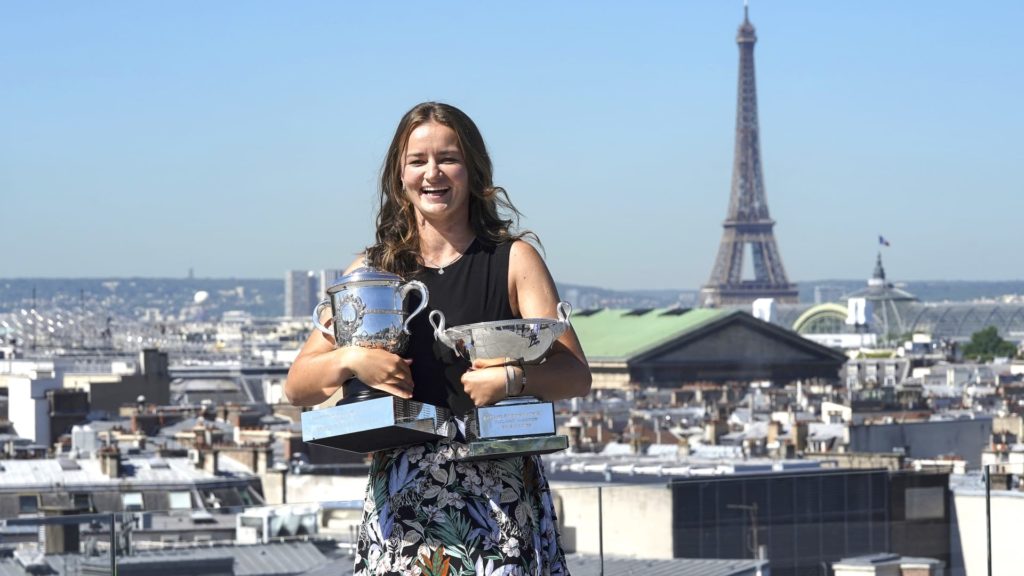
To give you an idea of how monumental that is, you should know that, at the time, Barbora was the only player in the WTA and ATP to be in the Top 10 of both rankings. She’s since been joined by the phenomenal young talent Coco Gauff (No.5 in singles and No.8 in doubles).
As they’ve both shown, doubling down in the rankings seems to be the preserve of the women’s game. No man has done it, and I don’t see anyone even coming close in the short or medium terms.
Here are the top five singles and doubles rankings in the ATP on October 10, 2022: humble standings led by a player no one would have put on the list just a year ago.

| ATP | Singles | Doubles |
| Kyrgios (AUS) | 20 | 13 |
| Isner (USA) | 44 | 19 |
| Hurkacz (POL) | 10 | 37 |
| Rublev (RUS) | 9 | 56 |
| Shapovalov (CAN) | 22 | 60 |
Meanwhile, in the WTA…
Times have changed. In the past, far more women did exceedingly well in singles and doubles.
You have to rewind all the way back to 2010 to find the last player who dominated the two rankings: Serena Williams, for nine weeks.
In 2003, Kim Clijsters topped both lists for three weeks. So did Lindsay Davenport in 2000.
Between 1998 and 2000, Martina Hingis reigned supreme in singles and doubles for a total of 29 weeks.
And in 1995, Arantxa Sanchez Vicario spent seven weeks on the thrones.
I saved the best for last: absolute legend Martina Navratilova was World No.1 in singles and doubles for 103 weeks between 1984 and 1987—a record that’ll never be equalled.

Even so, let’s appreciate all the talent and energy of Barbora Krejcikova (and Coco Gauff).
And admire it!
The art of getting your shots to work for you
Adrian Mannarino just answered a burning question.
You may have wondered what the rulebook says about an extreme slice that falls on the opponent’s side and then bounces back over the net without either player ever touching the ball.
Well, the point goes to the player who hit the shot.

On October 5, the French veteran provided eloquent proof of that in his first-round match against David Goffin of Belgium.
At the start of the third set, Mannarino lobbed a backhand. Prepared to hit a smash, a confounded Goffin was left wondering how the ball ended up on the other side.
Point (and match) to Mannarino.
Case closed.
The art of putting the ball in play very, very slowly
Think Rafa or Novak’s serve motion is a little unhurried?
Take a look at Elizabeth Jurna in a Tweet by Portuguese journalist Gaspar Ribeiro Lança on October 9.
She was filmed in the second qualifying round of the $25,000 W25 tournament in Quinta do Lago, Portugal.
When asked about Jurna’s game style, her opponent No.550 Julita Saner of Sweden (who won 6-4, 7-5) let this snarky comment slip: “I fall asleep when she serves. That’s the problem.”
The art of flubbing your big entrance
A successful entrance isn’t given to everyone.
Case in point: the indoor tennis tournament in Rennes, France, at which the sound and light show meant to drum up cheers for the players as they walked onto court didn’t go as planned.
Just ask No.218 Evan Furness of France.
Likely shaken by the mishap, Furness lost 7-6(2), 6-4 to his countryman Grégoire Barrère, giving new meaning to expression hitting the wall.
But in Furness’ defense, the breakdown in the on-court welcoming process certainly didn’t help.
Email: privard@tenniscanada.com
Twitter: @paul6rivard
Follow all our Canadians in action here.
